Just a quick note, I have heard some new feedback on the this lens. It seems that it has the exact same number of groups and elements as the older Mamiya 28mm F4.5 lens, 10 groups and 14 elements.
Phase One/Mamiya has done this before i.e. banding a D (digital) brand on an older design and not changing anything on the inner workings of the lens. The most notable example of this is the 35mm F3.5 D lens. About 1 year ago, Phase One announced that they were coming out with a “D” version of the older Mamiya 35mm AF lens. This lens has been a tried and true performer in the medium format stable for Mamiya but is also noted to be not very sharp in the corners even in the F8 to F11 range. I personally have used this lens since 2008 and worked with several different versions and never really found a good one. Mine were always sharp in the center, but faded to very soft in the corners and even showed a bit of detail smearing. However the corner performance of my 35mm Mamiya F3.5 always was better then my example of the Mamiya 28mm F4.5. (see my earlier post for a bit more feedback on this lens). These issues are considerable worse with the more modern IQ-160 and IQ-180 especially the later. I tested my 28mm Mamiya on a IQ-180 and was amazed to see just how bad the sharpness falloff was towards the corners. With the IQ-160 I was able to recover most of the corners by F16 but I felt that I was starting to lose overall sharpness due to diffraction. One of my main reasons for moving to a tech camera was the dismal performance of both the Mamiya 35mm F3.5 and Mamiya 28mm F 4.5 on both my Phase P45+ and later my Phase IQ-160.
If Phase One/Mamiya/Schneider only changed out the housing and add a leaf shutter to the existing 28mm Mamiya, then that will be a big disappointment. There has always been a huge hole in the wide angle lens range from Mamiya since their current 28mm F.4.5 does not have that much performance in the corners especially in the F4.5 to F8 range. I had assumed that since Schneider was involved that this new version of the 28mm F4.5 would be a total rework. My first concern was when I noticed that even after the leaf shutter was added, the lens was still an F 4.5 lens.
Only time will tell if this is a total rework or just a new housing/re-badging of an older design. I hope that it’s not and instead this lens will shine! as it has been a real necessity in the Medium Format non Tech camera world.
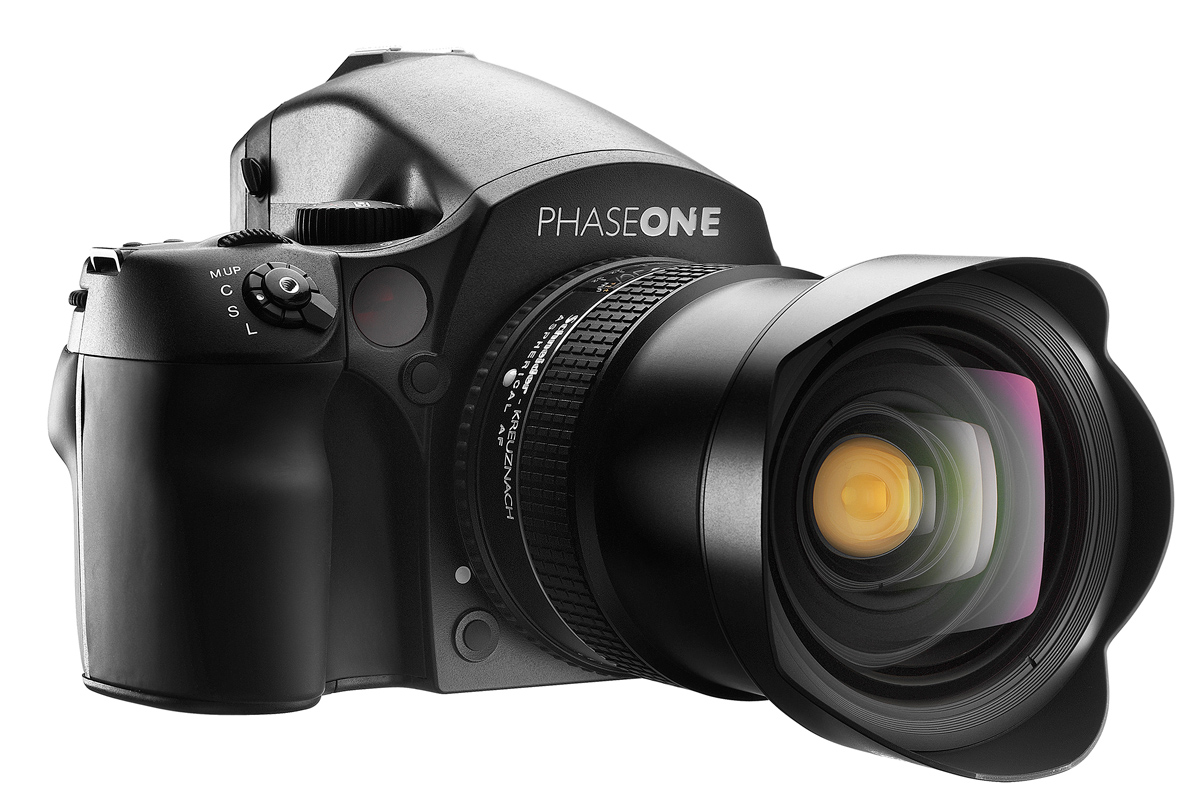


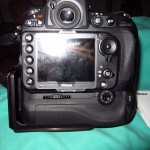
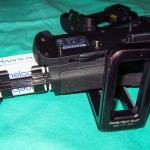

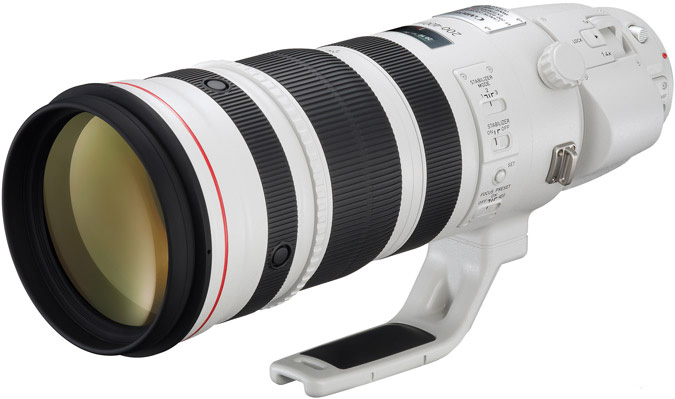
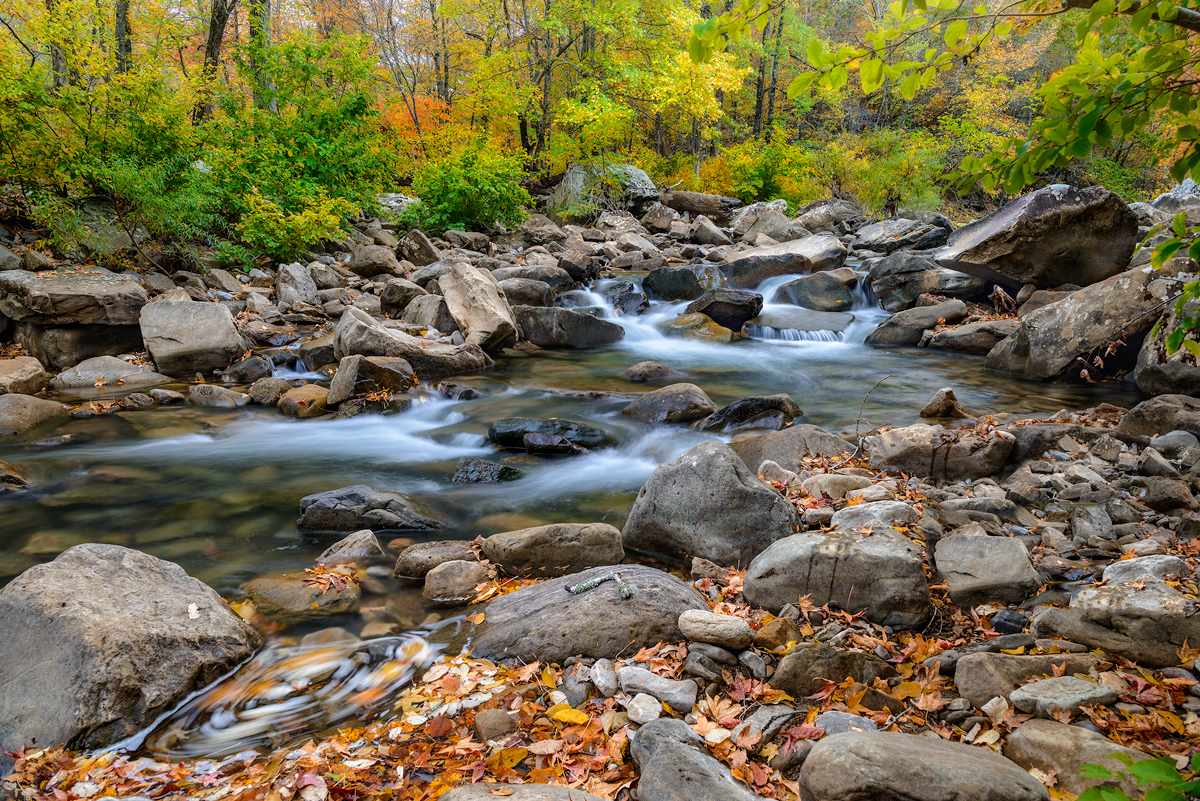
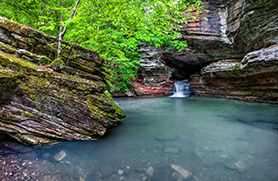

Recent Comments